
24-12-2025 17:08
Hulda Caroline HolteHello, I have found this propoloid ascomycete on

21-12-2025 09:32
Hello.A tiny ascomycete found embedded in wood in

21-12-2025 21:32
Pol DebaenstHello, Garden, Burgweg 19, Veurne, BelgiumOn 10/1

22-12-2025 23:38
Patrice TANCHAUDBonsoir, récolte sur un mur en pierre, apothéci

22-12-2025 00:47
Patrice TANCHAUDBonsoir, récolte à proximité du milieu dunaire
I have found a Sporormiella on sheep (Ovis aries) pellets with small, narrow spores that does not conform to any species that I can find in available literature on dung fungi, e.g. Doveri, Fungi Fimicoli Italici.
Location: Sussex Prairie Gardens, Henfield, West Sussex, England, OS grid ref. TQ23051795. Pellets collected from sheep 7 October 2016 and incubated in moist containers. Pericethicia examined on 9 November 2016.
The perithecia are immersed with just the necks protruding, the necks are relatively long, black and shiny with an ostiole, the perithecium is greyish, slightly translucent, typical Sordariales. Older perithecia have so many ejected spores clustered around them that the necks are not visible, as per photo of single perithecium.
Asci: 85 x 7.5?, long stem, mostly with large bifurcate foot.
Spores: black, three septate, mostly with end cells longer than central ones. Entire spore 16-17.5 x 2.5-3?, central cells 3.75 x 3?, end cells 5 x 2.5?. Longitudinal germ slits present but difficult to see.
A few spores broke up within the asci but mostly they were ejected in one bundle within some gel before separating.
I have been in contact with Mike Richardson and he advised me that he recorded a similar Sporormiella in Puerto Rico in 2001 and in St Lucia in 2004, on cattle and goat dung respectively, however, the species was not named.
Does anyone know of a Sporormiella with small, narrow spores fitting the above description, or know of anyone working on this genus?
Thank you
Vivien

Sporormiella minutisperma can be blamed for your find, but it is often difficult to decide because many species are often variable. I enclose the corresponding article published by F.Doveri and B.Coué.
Michel.
Thank you very much for the reply and for the article. I am sure you are right, the description of S. minutisperma in the article by D F.Doveri and B.Coué is a perfect match.
Best wishes
Vivien
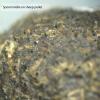
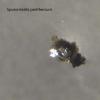
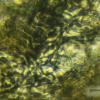
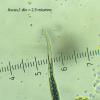
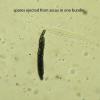
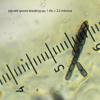
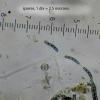
 Doveri-amp-Coue-Sporormiella-minutisperma-Bull.-Mycol.-Bot.-Dauphine-Savoie-191-2008-0001-0001.pdf
Doveri-amp-Coue-Sporormiella-minutisperma-Bull.-Mycol.-Bot.-Dauphine-Savoie-191-2008-0001-0001.pdf